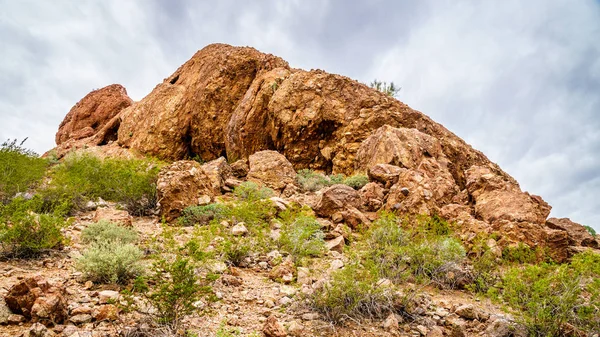
This summer in Maricopa County, the figures are dire: over 400 suspected heat fatalities to date, and weeks of heat remaining. August is already on pace to become the hottest on record, with several days reaching over 110°F and even the nights refusing to dip below record temperatures. While the number of reported deaths is actually lower this year than it was at the same time last year, health authorities caution that the season has scarcely begun and that the underlying risks fueling these deaths are deepening.
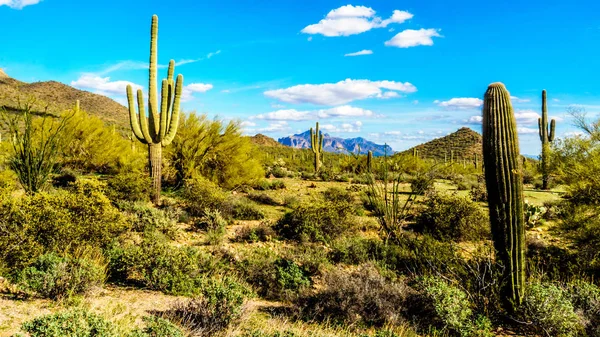
1. A Decade of Rising Danger
In 2014, Maricopa County recorded just 61 heat-related deaths. By 2023, that number had exploded to 645. Researchers attribute this tenfold rise to a combination of global climate change, the urban heat island effect, and rapid population growth. The county’s summers are now about 7.4°F hotter than a century ago, with nighttime lows climbing 6–10°F a shift that robs residents of critical overnight relief.
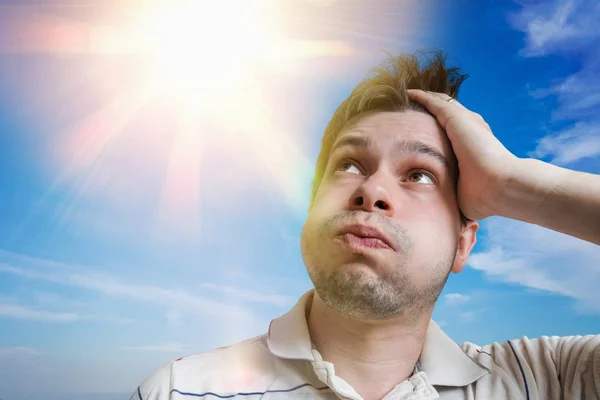
2. Who Is Most at Risk
A whole three-quarters of the fatalities from heat this year took place outside, frequently in sections of Phoenix where sidewalks are 20–30°F higher than officially reported. 40% are homeless, and two-thirds result from alcohol and drug use. “People are dying awful, preventable deaths that aren’t being included in official statistics,” said community organizer Stacey Champion, who is demanding more regular reporting of deaths. Elderly, those with chronic illnesses, and the socially disconnected also suffer disproportionately, with indoor deaths often linked to absence of air conditioning now responsible for a quarter of cases.

3. The Urban Heat Island Effect
Phoenix’s hasty growth has covered over natural terrain with climate-killing concrete and asphalt, pushing local temperatures above worldwide trends. Against its sister city of Yuma, 4.8°F warmer over the last century, Phoenix’s wider sprawl has provided an increase of over 7°F. The impact is particularly lethal when paired with sweltering nighttime temperatures, keeping the body hot and adding heat stress day after day.
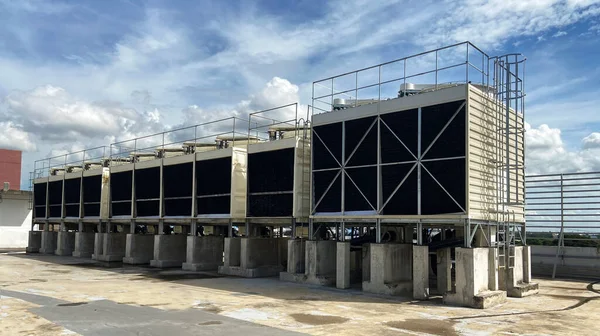
4. Cooling Centers: A Precious but Limited Resource
Cooling centers have extended hours and accessibility in the last few years, and experimental data indicate that even a two-hour respite in an air-conditioned environment can cool the core body temperature by 0.8°C and alleviate cardiovascular stress. But it is only temporary within hours of returning to the heat, physiological stress returns. Those obstacles such as transport, pet bans, and unfriendly locations restrict many high-risk residents’ access. According to one estimate, millions would have to go through a cooling center in order to avoid one heat-related death on a particular day highlighting the imperative of outreach to the most needy.

5. Beyond Cooling Centers: Layered Interventions
Experts note that cooling centers must be integrated into a larger strategy. The most effective solutions are window AC unit distribution, utility assistance, shifting outdoor work times, and having reliable cooling in long-term care homes. Cities such as Phoenix also invest in tree canopy coverage expansion, reflective pavement, and redesigned bus stop shading and mitigating street-level heat.
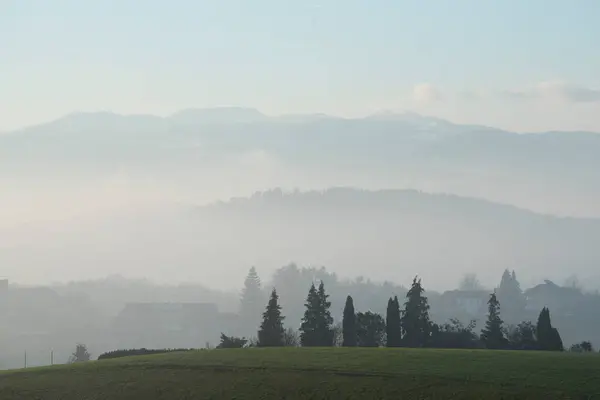
6. The Policy Crossroads
Climate adaptation projects have received support under Biden-era programs, but that money remains in doubt for the future. Cutting environmental justice programs, climate science, and social safety nets combined with increasing energy prices may increase the mortality of summers, particularly for already economically stressed people who are forced to pay for air-conditioning. Without sustained investment, Maricopa County may experience 100 days of relentless heat per year in 30 years, a 69% increase above its historical baseline.
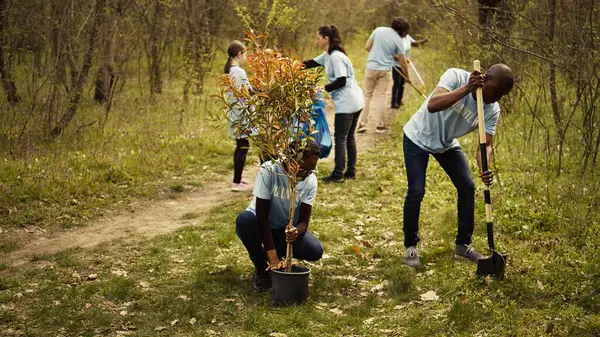
7. Community-Led Solutions
At the local level, initiatives such as the Nature’s Cooling Systems project have demonstrated the worth of engaging citizens in heat action planning. Communities in neighborhoods such as Edison-Eastlake and Lindo Park identified “hot spots” and co-designed solutions shaded pedestrian corridors to heat-safe bus stops. Participatory methodologies ensure interventions meet the needs of the local community and achieve acceptance by the community.
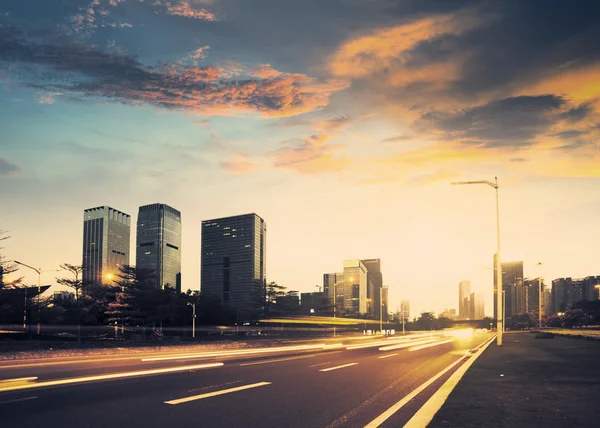
8. The Economic Stakes
Today, too much heat already costs Arizona around $6 million in estimated loss every year, and two-thirds are loss of life and injury. Outdoor workers around 20% of Phoenix’s workforce are among those who suffer the highest impacts, and estimates indicate that they can lose around $5,000 a year and 41 lost workdays by 2065 because of heat. These economic impacts percolate down to the remainder of the economy, and heat adaptation is thus not only a public health need but an economic one too.

While Maricopa County’s latest season can still justifiably hope to narrowly escape last year’s record low, the direction is certain: warmer summers, longer heatwaves, and expanding areas of exposure. The measures to prevent lives from being lost increased access to cooling, city urban greenery, targeted outreach, and ongoing policy encouragement are within reach. The challenge is making sure that they’re implemented where they’re needed most, before the next record-settting heat wave hits.


